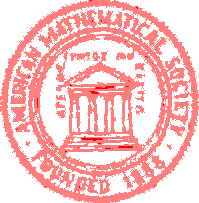Hardware and software for distributed and supercomputer systems
Research Article
Synchronous interaction of distributed disordered digital objects
Gennady Georgievich Stetsyura
| V. A. Trapeznikov Institute of Control Sciences of RAS, Moscow, Russia | |
 gstetsura@mail.ru gstetsura@mail.ru |
Abstract. Methods of fast synchronization of interaction of unordered active distributed digital objects grouped into clusters are proposed. Unordered objects (which do not use addresses or other individual attributes) replace addressing individual objects by addresses with addressing clusters of objects specifying sets of attributes common to such objects. This allows any number of objects to simultaneously exchange signals and messages with any number of objects. Transfer of objects into synchronous state is performed in a single-cycle manner, by sending a single synchronization signal by the objects, and then maintained for a specified time. The main type of communication between objects is wireless channels, with the transmission of optical or radio signals. Violation of synchronization is restored by the objects by their own actions. Objects can be stationary and mobile. The main features of the structure of object connections are simultaneous visibility of the state of all objects by any object of the group and simultaneous delivery of messages from a group of objects to the input of any object with bit synchronization. (In Russian).
Keywords: reactivity, single-cycle synchronization, distributed control, distributed feedback, unordered digital objects, addressless operations, associative interaction
MSC-2020 65Y05; 68Q10
65Y05; 68Q10
For citation: Gennady G. Stetsyura. Synchronous interaction of distributed disordered digital objects. Program Systems: Theory and Applications, 2024, 15:4, pp. 3–26. (In Russ.). https://psta.psiras.ru/2024/4_3-26.
Full text of article (PDF): https://psta.psiras.ru/read/psta2024_4_3-26.pdf.
The article was submitted 01.07.2024; approved after reviewing 28.07.2024; accepted for publication 29.07.2024; published online 17.10.2024.


